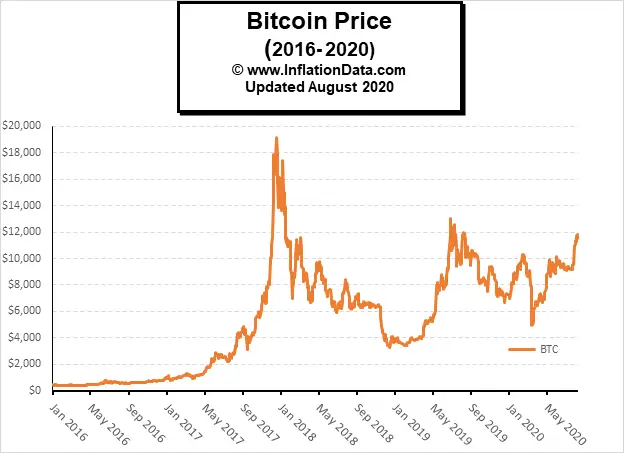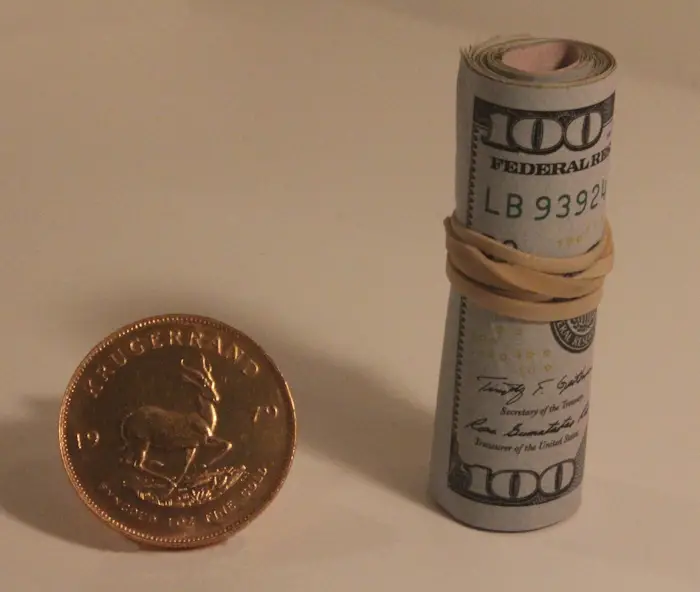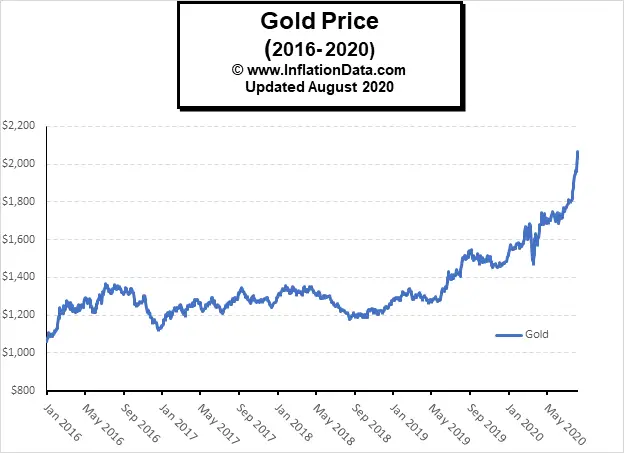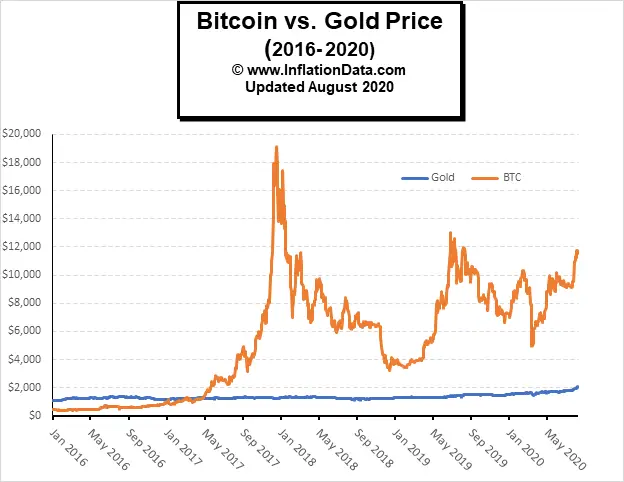Back in 2016, we compared the properties of three types of currency, i.e. Gold, Dollars (Cash), and Bitcoin. Today we’d like to look at how each has fared since then. Back then, we said that there are 10 factors that make up a good store of value. They are:
1. Scarcity- For something to be considered valuable it can’t be too readily available.
2. Fungibility- Things have to be equal. Rare paintings aren’t fungible a Picasso isn’t exactly the same as a Monet. As a matter of fact, one Picasso isn’t even the same as another Picasso. Artwork isn’t fungible. One dollar bill is pretty much the same as another, one ounce of 24 karat gold is the same as another, one bitcoin is the same as another. They are fungible.
3. Liquidity- How willing are others to accept it as payment and how easily are they transferred? Some stocks are “thinly traded” and thus not very liquid while others have a good market and can be liquidated easily. Cash is very liquid, gold and bitcoins take more time to be liquidated.
4. Durability- How well does it last? According to the Federal Reserve, paper money lasts from 4 to 20 years depending on the denomination. Gold lasts pretty much forever and since Bitcoins are backed up virtually across the entire internet it will last as long as people think it has value.
5. Longevity- How long has it been considered valuable? Gold has been considered valuable for thousands of years. Paper money has had value for hundreds of years and a bitcoin era review shows that bitcoin has been around for a little over a decade.
6. Volatility- How dependably does it hold its value? Obviously, Low volatility makes for a better store of value. For many years i.e. from 1880-1914 the U.S. dollar official gold price was $20.67 per ounce so it was not volatile at all. Now its price is determined by the market and it can change drastically. Just this year it has fluctuated from around $1475 to over $2000 per ounce (although due to the virus this has been a very unusual year). Bitcoin has fluctuated slightly more on a percentage basis going from a low of around $5000 to a high of almost $12,000. Both are measured in terms of Dollars but even the value of a Dollar fluctuates due to inflation and other factors when measured in terms of purchasing power or other currencies.
7. Security- How easily can it be stolen? If it is highly liquid and not easily traced it is easier to steal it. In this case, bitcoin does have some security protocols built-in but you can still misplace your credentials and “lose your bitcoin wallet”.
8. Portability- How easily can you carry it around? Being digital, Bitcoin is very portable. And you might think that because gold is heavy, and paper is light, that dollars would be more portable than gold but gold packs quite a bit of value into an ounce.
In the picture below we compare a roll of 13- $100 bills to one ounce of gold. At $2000 an ounce, the roll would be almost twice as large as this one. So, the portability of gold and cash is similar although these days currency is becoming more digital and you can transfer $2000 from one account to another with the click of a mouse.
9. Divisibility- How easy is it to “make change”? Dollars are easily divisible down to the penny level. Bitcoins are almost infinitely divisible down to 1/100,000,000th of a bitcoin which incidentally is called a “satoshi”. Gold is divisible by ounces and grams. During goldrush days panning for gold resulted in gold being found from small flakes to large nuggets, so change was made using a scale.
10. Spendability- How easy is it to walk into a store and buy something? Being the premier world currency, you can spend U.S. dollars virtually anywhere in the world but spending gold or bitcoins might take a bit more effort.
For a more detailed analysis of the Top 10 Traits of a Currency and how these 3 compare, see our 2016 article Gold vs. U.S. Dollar vs. Bitcoin.
How has each performed in the 4 years since 2016?
Gold
In the following chart, we can see that Gold has done pretty well since 2016. It started at $1060 on January 1st, 2016, and just spiked over $2000. So you could have doubled your money in 4 ½ years. On closer examination, we can see that it hovered between $1200 and $1400 for most of that time (i.e. up through August 2019).
Bitcoin
Bitcoin, on the other hand, has been much more volatile. It started at $434 and shot all the way up to over $19,000 by December 2017. Then it fell all the way back down to $3,242 in January 2019.
From there it rose back to over $13,000 in about 9 months before falling back to about $5,000 due to the COVID crash. It is now back to around $12,000. Just looking at the two endpoints we have a rise from $400 to $12,000 not bad! Actually, much better than Gold but it has been a rollercoaster ride. For those looking for excitement or trading opportunities, Bitcoin can provide. For those looking for stability and a store of value, Gold would be much more appropriate.
In the following chart, we can see both Bitcoin and Gold on the same chart and although Bitcoin starts out at less than half the price of gold, Bitcoin ends up almost 3 times higher than gold. Whether Bitcoin is able to continue this trend or eventually becomes worthless is hard to say.
You might also like:
- Choosing the Right Investment: Gold vs. U.S. Dollar vs. Bitcoin
- Cryptocurrencies and Inflation
- 3 Factors Causing the Current Gold Rally
- 5 Reasons to Invest In Gold
- Gold Price and Its Relationship with Inflation





For clarification, Gold is not a currency. Gold is real money. The dollar is fiat currency and Bitcoin is a virtual currency.